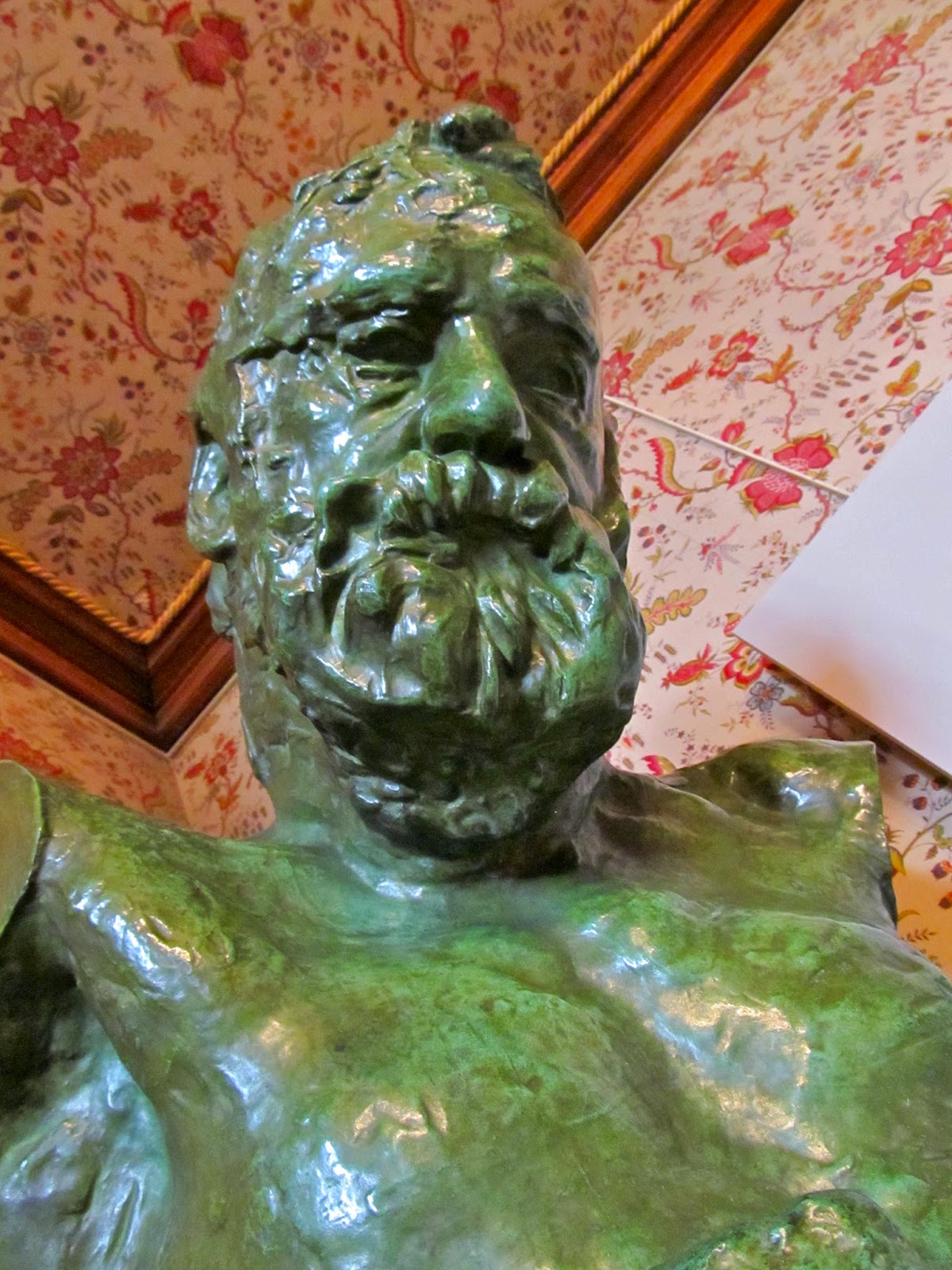 I am a big fan of slow travel, go to a place, rent an apartment for a week (or a LOT more) and see what is interesting. Plus just meander about and peek into alleys and corners. Any city will have so much more to experience that you'll ever read about in a travel guide or on the Internet.
I am a big fan of slow travel, go to a place, rent an apartment for a week (or a LOT more) and see what is interesting. Plus just meander about and peek into alleys and corners. Any city will have so much more to experience that you'll ever read about in a travel guide or on the Internet.My friend Joyce and I rented an apartment on AirBnB. The owner was a Canadian woman, about 35 years old, who has lived in France for over ten years. Jane owned the apartment/condo in the Marais neighborhood, but decided to move in with her boyfriend and rent out her somewhat smaller space. It was a large room with a high ceiling. A platform over the kitchen and bath served as the loft bedroom.
The kitchen was a 2-butter, so small that two people crash butts all the time!! But it was well stocked, the knives were sharp, the water very hot and it allowed us to purchase fresh food and make delicious breakfasts. It was a perfect situation.
We arrived mid-afternoon after an all-night plane ride and a weird traverse of Paris' train and metro system. Weird only because we were so tired and it was confusing. Fortunately, we discovered, as we would again and again, that Parisians are lovely, helpful, and polite people. Several times someone who spoke English well came to our aid and rescue.
So our first job was to locate a market and purchase food for a few days. We walked right past the grocery story several times because it looked like a department store with a bakery on the side. The grocery section was hidden in the back!
We wandered around the Marais, which is the 3rd Arrondisement (ah-roan-dees-mont), or neighborhood, out of about 16 total in Paris. Joyce had a packet of cards, each one a different walking tour of Paris. We followed the directions to the Place de Voges, once the home of the king, and then later on Victor Hugo. His home is a museum which we enjoyed very much, as well as a nice meal in one of the sidewalk restaurants under the portal (which I'm sure has a better name in French.)
 |
| Place de Voges |
Marais is just north and east of the center of Paris. If we'd had a month we could have walked all over it, and found good routes to the Louvre, the Notre Dame Cathedral, etc, but being short on time and foot-energy, we opted to use the metro. One of the best in the world, for a mere 1.50 Euros, you can get from one side of Paris to the other in just a few minutes.
At the northern tip of the Marais is La Republique, a metro station, huge plaza surrounded by expensive stores, and a center of city activity. Down the broad Boulevard du Temple is the Bastille. No longer a prison, nor even a building, it is now simply a monument inside a huge roundabout. But the area bustles with activity, sidewalk cafes, and stores. Centralized shopping areas are like glowing spots on the map with apartment buildings packing up the space in between.
Just around the corner from us was a busy street with nice little restaurants and a wine store where Joyce and the young handsome clerk fell in love. He helped us pick excellent wines for several days straight, then said he wouldn't see us for a few days. We would be gone before he got back, and I swear he had a tear in his eyes when he said he would miss us!!
 |
| Monument at the Bastille |
 |
| Colorful & Tasty Macarons |
 |
| Stained glass canopy in one of the fancy restaurants |
 |
| Victor Hugo, by Rodin |















